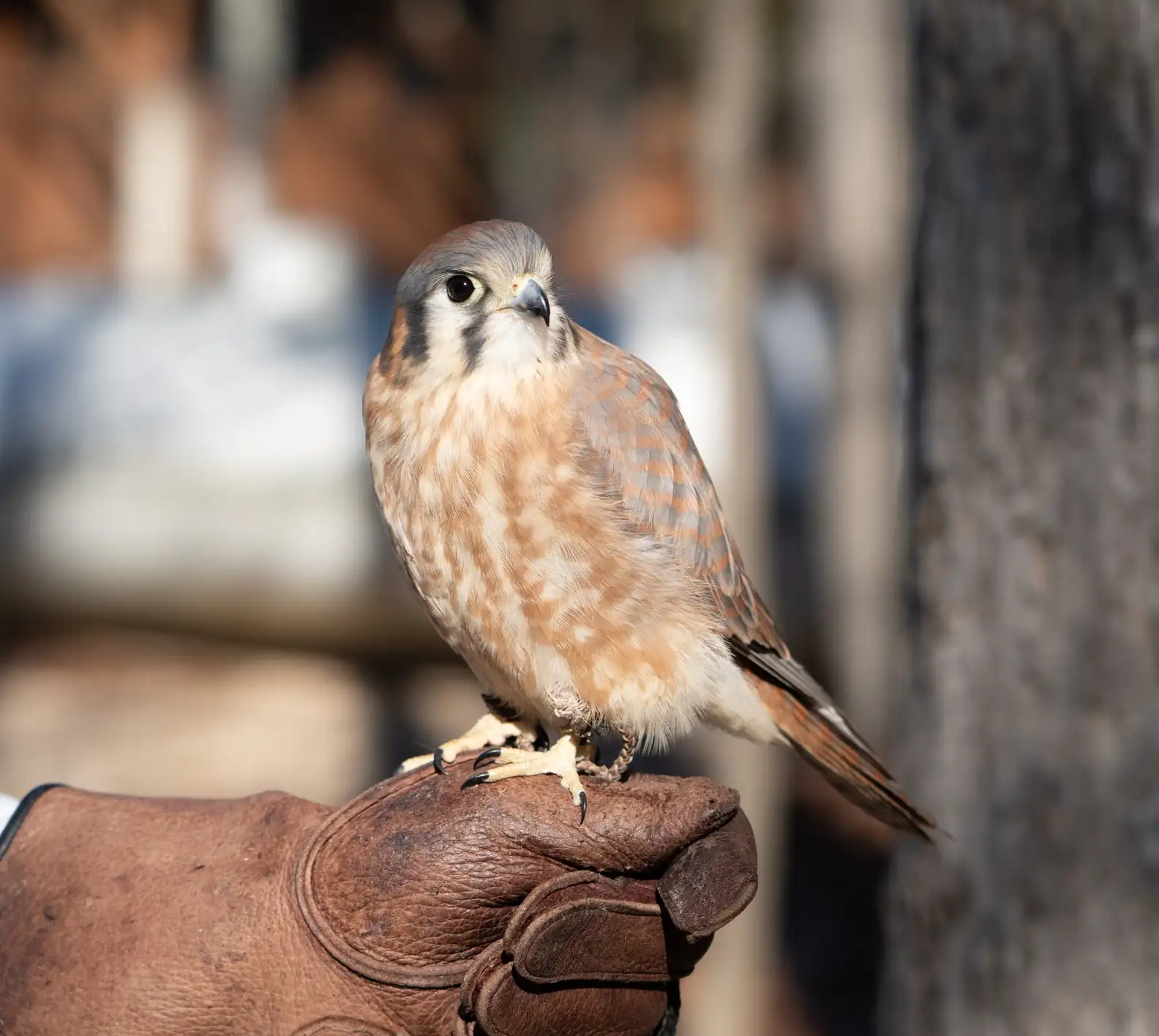She looks so convincing.
Last month, the Wildlife Center of Virginia (WCV) welcomed an orphaned kestrel chick into its rehabilitation facility. The nestling was far from WCV’s first raptor patient, but he presented a unique problem they weren’t quite prepared for.
Because he was so young, the tiny chick needed to be hand-fed — and his human rescuers worried that doing so could have dire consequences for his future.
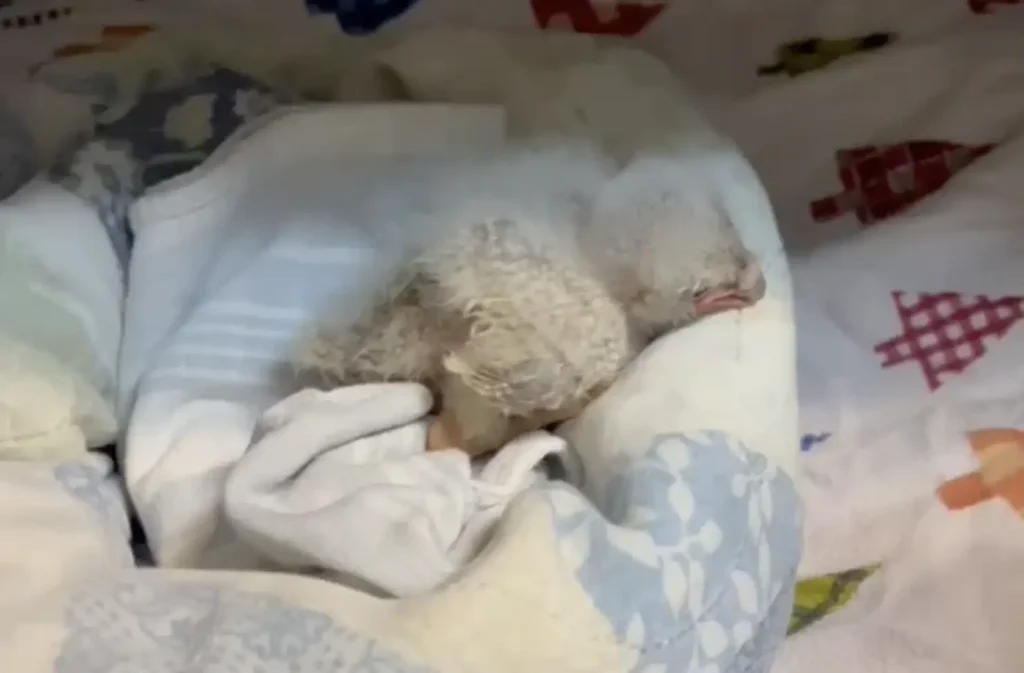
“Baby raptors like this kestrel go through a process called ‘imprinting,’ a form of learning in which an animal gains its sense of species identification,” Connor Gillespie, WCV’s outreach supervisor, explained to The Dodo. “When raptors are raised in a rehabilitation setting instead of by their wild parents, they are at risk of imprinting on humans. This means they would identify with humans and might not develop the skills needed to survive in the wild.”
To prevent the baby kestrel from imprinting on humans and becoming non-releasable due to lack of survival skills, the WCV team had to improvise a new technique.
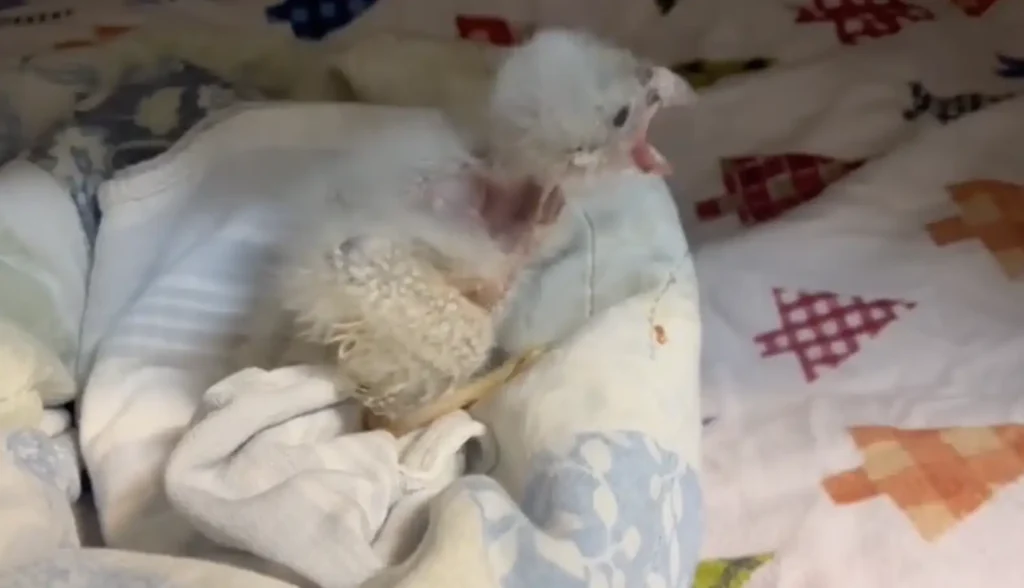
The team’s ideal solution was to employ a kestrel puppet to nurture the baby bird, especially during feeding times. Faced with a lack of ready-made options, rehabilitation intern Jenn took matters into her own hands.
“Jenn ingeniously crafted 3D-like replicas using high-resolution photos of adult kestrels printed on sturdy craft paper,” Gillespie described. “Each image was meticulously cut and shaped to fit the feeding tongs, creating lifelike puppets that mimic the presence of adult kestrels.”
To ensure practicality and hygiene, Jenn laminated the replicas, enabling easy cleaning and reuse between feedings and for future patients.
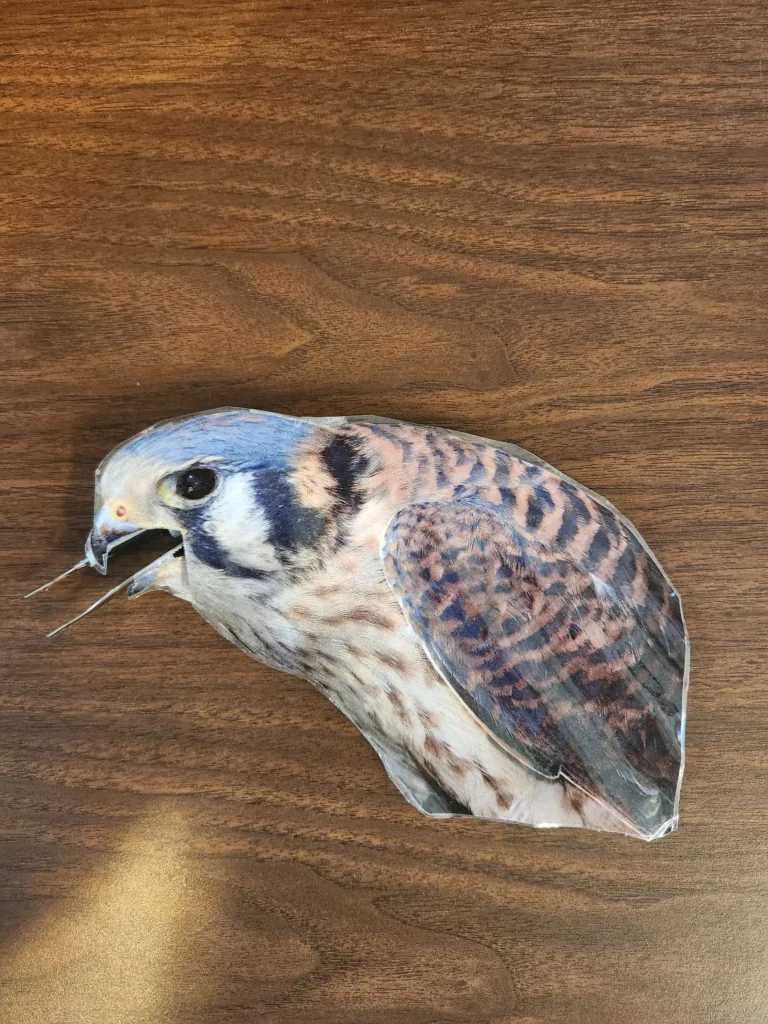
Jenn’s hard work and creativity paid off when the tiny chick happily accepted food from the makeshift kestrel tongs. The baby enjoyed every meal fed to him by these innovative tools and showed no signs of imprinting on his rescuers. As the kestrel chick began to thrive with this new invention, the rescuers remained hopeful of finding a living foster parent to raise him. After a week of care, the team received exciting news from a nearby rescue facility.
“We found another wildlife rehabilitator who had an adult kestrel who could foster the chick!” Gillespie shared. “That is the best-case scenario, as fostering generally leads to a successful release back to the wild.”
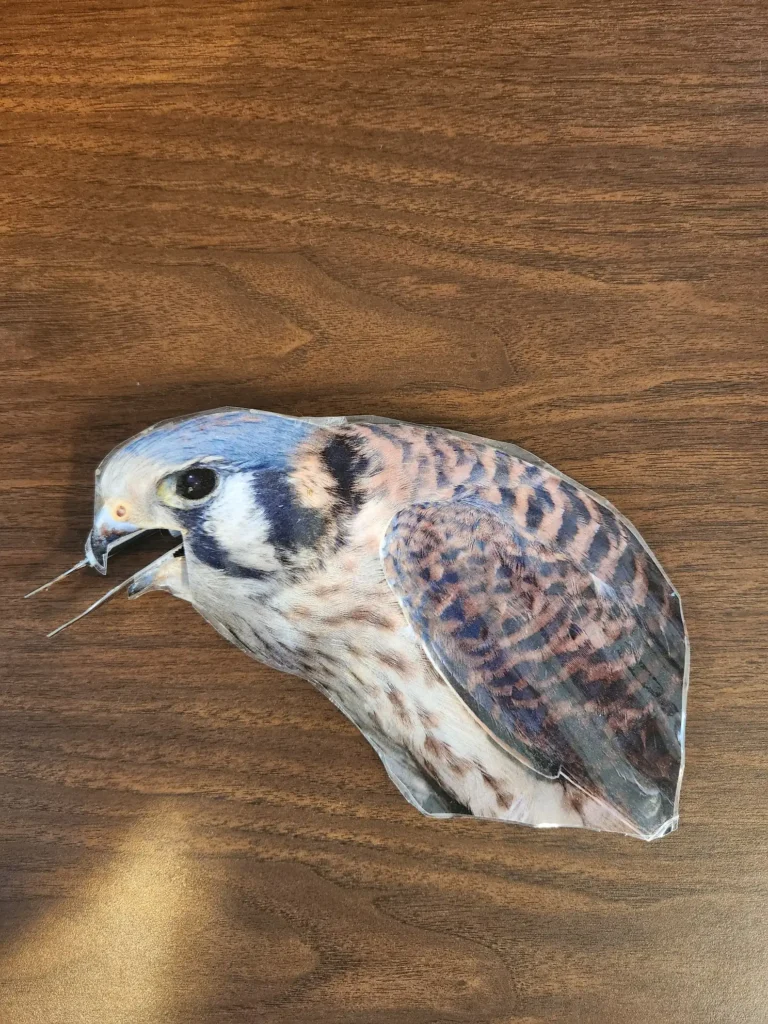
The WCV team transferred the baby kestrel to the new facility, where he has been growing under his loving foster parent’s care since. Thanks to their efforts, the young kestrel will have the opportunity to be released back into the wild one day.
As they await updates from the kestrel’s new caretakers, the WCV team continues their vital work rehabilitating needy wildlife. While they haven’t yet welcomed another baby kestrel as tiny as the orphaned chick, they are fully prepared for when the time comes.
“We’re now planning to use similar techniques for other baby raptors that come in,” Gillespie added.
